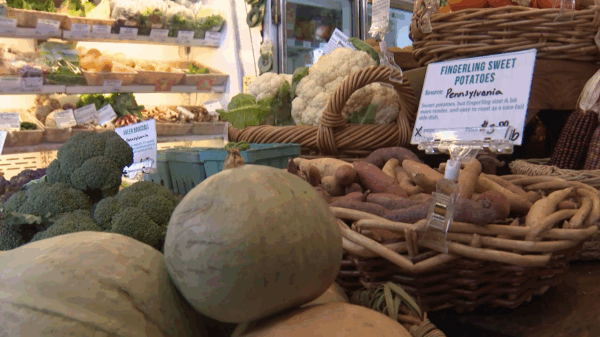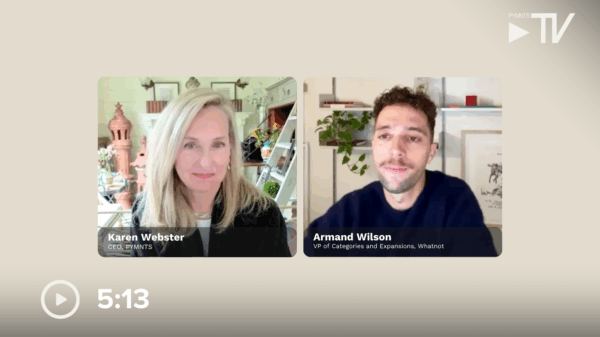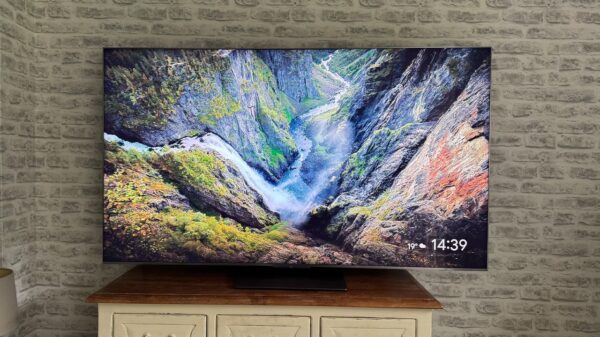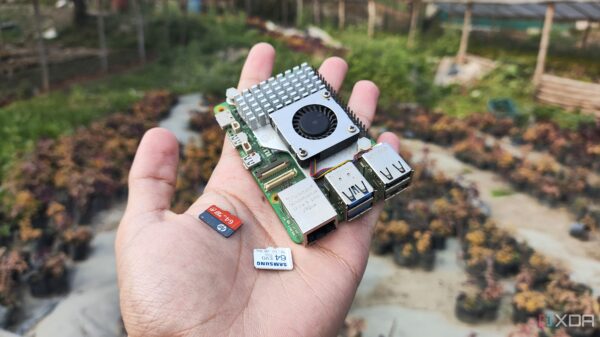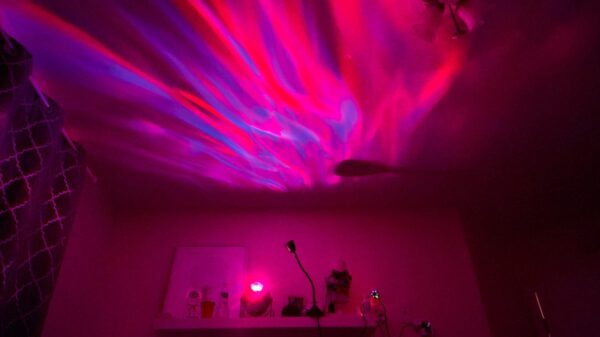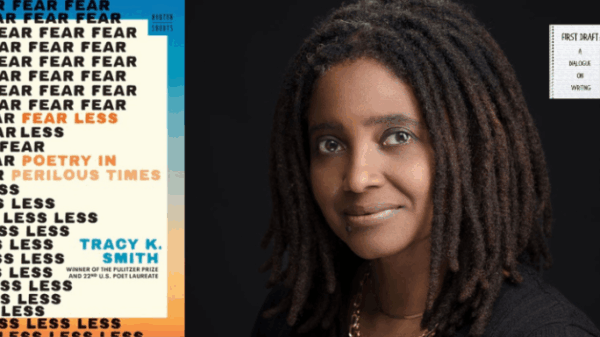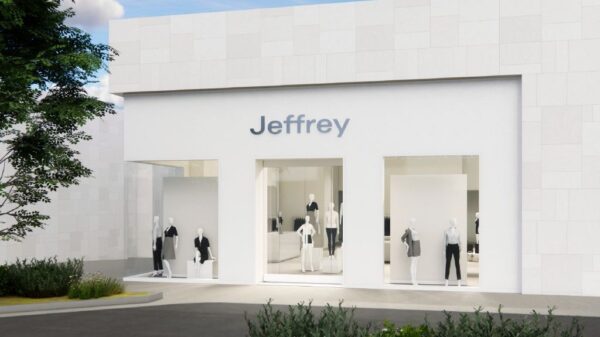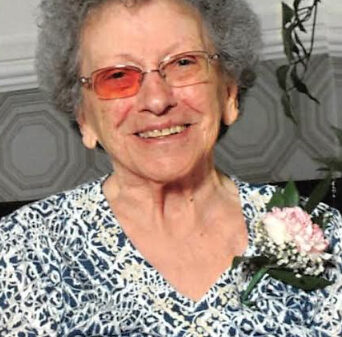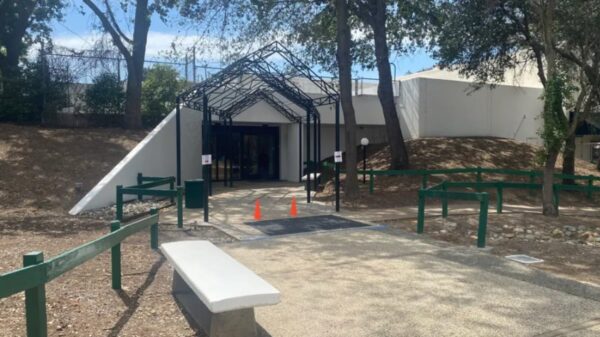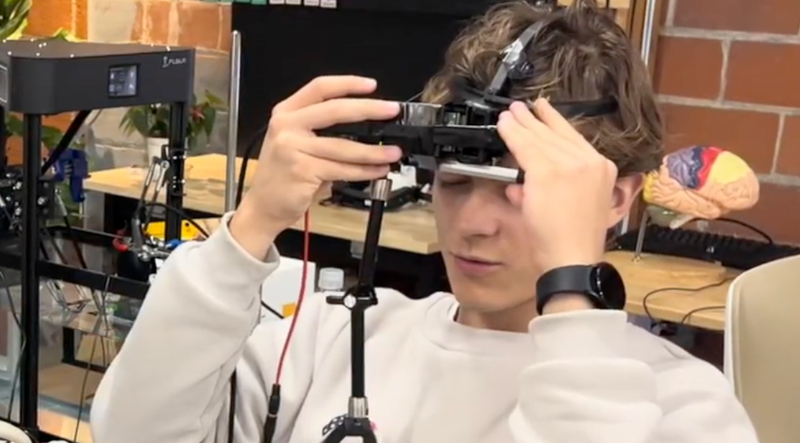Scientists have discovered a novel technique to stimulate the sense of smell using ultrasound, a breakthrough led by researcher Lev Chizhov and his team. Their innovative approach targets the olfactory bulb, a crucial area for processing smells, through the application of ultrasound waves to the forehead. This method opens new avenues for sensory research and potential applications in virtual reality.
Understanding the Technique
The olfactory bulb, located behind the nose, plays a pivotal role in how we perceive scents. Traditionally, accessing this area for sensory experiments has proven challenging due to its anatomy and the presence of air within the nasal cavity. Chizhov’s team circumvented this issue by designing a custom headset that positions a transducer on the forehead. This enables precise targeting of the olfactory bulb, guided by magnetic resonance imaging (MRI).
Initial experiments have yielded intriguing results, with a small sample size of just two participants. The researchers successfully induced the perception of various smells, including fresh air, garbage, ozone, and burning wood. This proof of concept demonstrates the potential of ultrasound to evoke sensory experiences without traditional methods such as scent delivery systems.
Potential Applications and Future Research
The implications of this research could extend far beyond the laboratory. One potential application is in virtual reality environments, where creating immersive experiences often requires enhanced sensory input. Imagine a virtual reality game where users can smell the environment around them, adding a new layer of realism to digital experiences.
While the current findings are preliminary, they pave the way for further exploration in the field of sensory technology. The researchers aim to expand their sample size and refine their techniques, which could lead to more sophisticated applications in entertainment, therapy, and beyond.
As this groundbreaking study unfolds, the scientific community and enthusiasts alike will be watching closely to see how ultrasound might transform our understanding and experience of smell. The concept of “smell-o-vision” may not be as far-fetched as it once seemed, inviting both curiosity and excitement about the future of sensory technology.


















